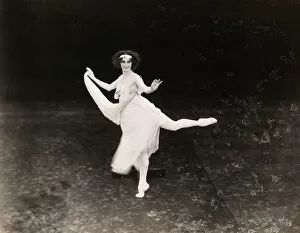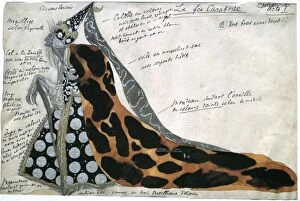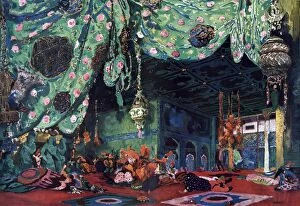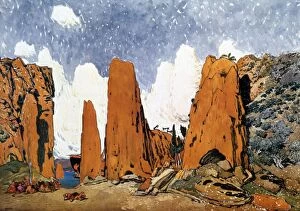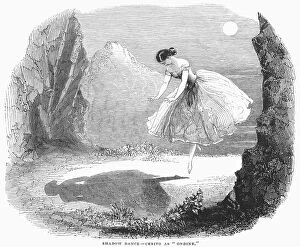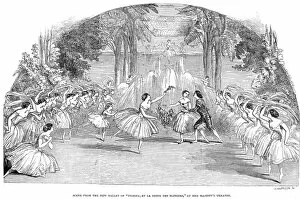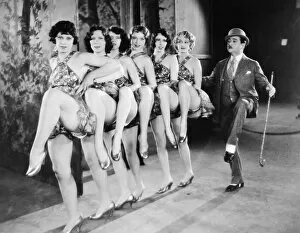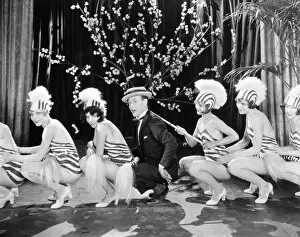Choreography Collection (#43)
Choreography, the art of movement and expression, has been a captivating form of artistic communication for centuries
For sale as Licensed Images
Choose your image, Select your licence and Download the media
Choreography, the art of movement and expression, has been a captivating form of artistic communication for centuries. From the graceful movements of Margaret Morris to the vibrant costumes designed by Nicholas Roerich for The Rite of Spring ballet in 1912, it has continuously evolved and pushed boundaries. Even Edgar Degas captured the essence of dance with his painting "Dancer, " showcasing the dedication and elegance required to master this craft. But choreography isn't limited to traditional forms; it can also be found in unexpected places like a lithograph featuring a crocodile dancing with a naked woman on ice or in the mesmerizing colors captured in Danse Du Ventre. The influence extends beyond just dance; it can be seen in literature as well. Charles Dickens's A Christmas Carol beautifully weaves together storytelling and movement, creating an immersive experience that captivates audiences year after year. Stage designs play an essential role in bringing choreographic visions to life. The intricate set created for The Rite of Spring ballet demonstrates how every element contributes to enhancing dancers' performances and telling compelling stories through movement. Costume design is another crucial aspect that adds depth and character to choreographed pieces. Whether it's Ballets Russes' production Scheherazade or Stravinski's iconic Rite of Spring ballet from 1930, these colorful lithographs showcase how costumes can transport us into different worlds while complementing dancers' movements flawlessly. Choreography even finds its way into sports like cricket, where precision and coordination are key elements. An engraving depicting A Cricket Ball reminds us that even seemingly unrelated activities have their own unique rhythm and gracefulness when observed closely. And who could forget Fred Astaire and Ginger Rogers? Their legendary partnership brought joyous moments through their impeccable footwork showcased in Swing Time—a testament to how dance transcends time itself.








